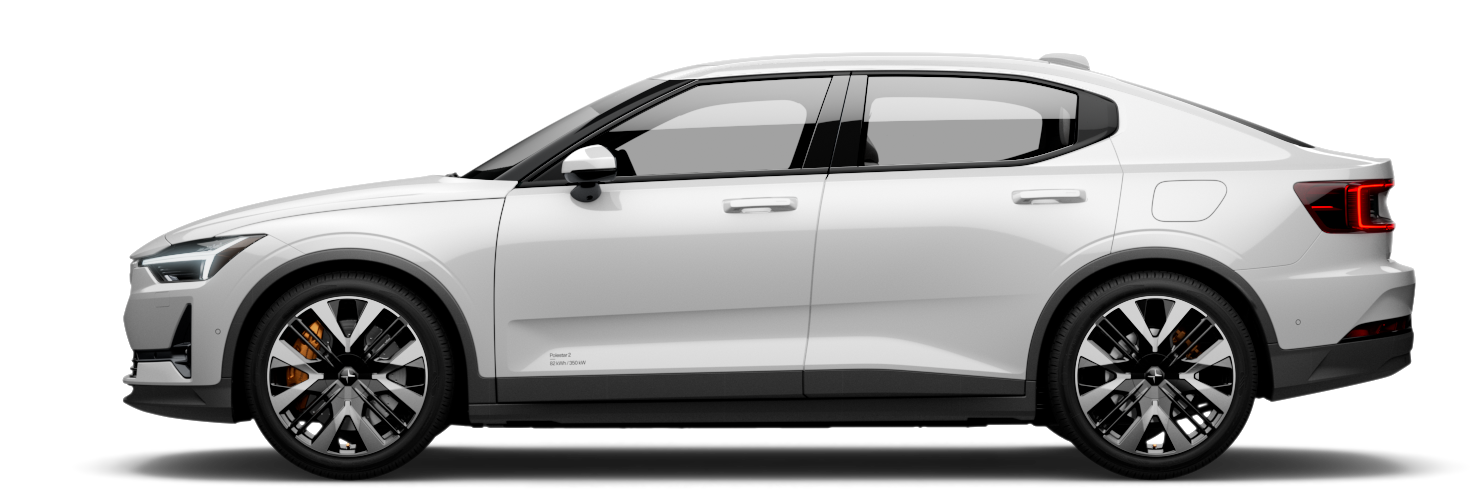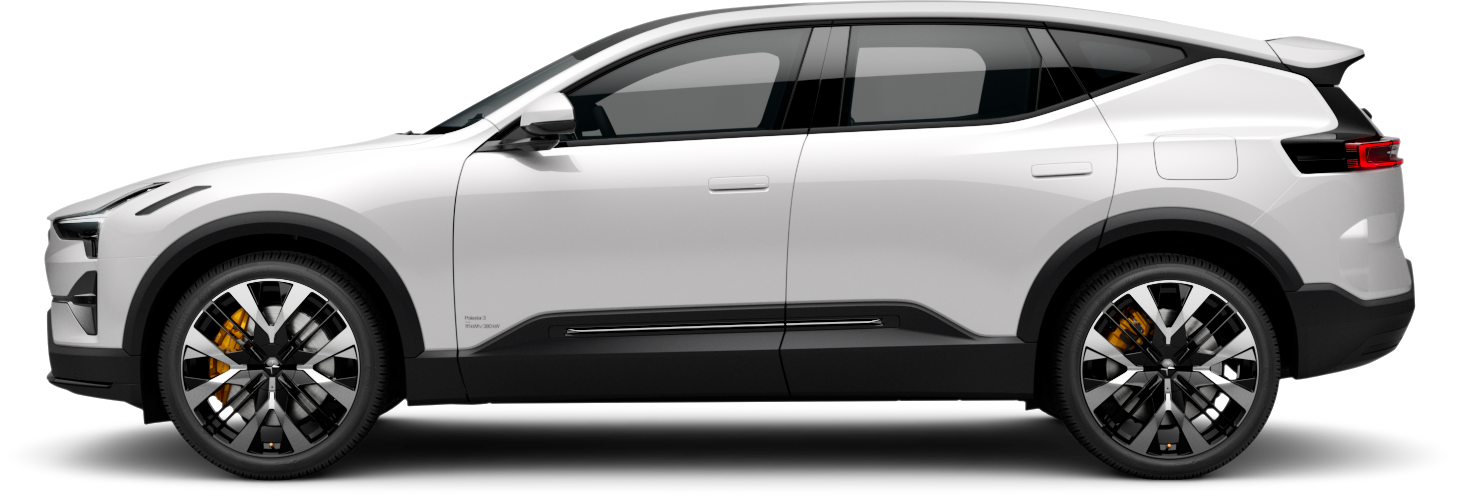Safe driving begins with good user practices. As an additional level of protection against incidents, your vehicle can warn you if it detects a situation that requires your immediate attention or action. In addition to making the driver aware through warnings, the vehicle can intervene by steering or braking to avoid or mitigate a collision.
Tip
What are safety interventions?
Safety interventions are responses from the vehicle in situations in which it identifies a high or imminent risk of collision. The vehicle can provide warnings to alert the driver to hazards so that they can take action, and it is also capable of performing emergency steering or braking maneuvers depending on the situation. Some types of warnings and interventions are always enabled, while others are among the features that you may be able to customize or turn on or off.
Safety interventions to avoid collisions
When the vehicle identifies a risk of collision, it reacts according to the level of urgency. It can identify objects such as pedestrians, cyclists and vehicles that are approaching or are in your driving path. Many factors can affect how early and effectively the vehicle can detect the risk of an incident. There are situations that are beyond the vehicle's capabilities, which is why safe driving practices are essential.
If the vehicle identifies an increasing risk of collision, alerts can quickly escalate to evasive maneuvers by the vehicle. If a threat appears suddenly, the vehicle can immediately perform evasive maneuvers.
| Collision warnings | When the vehicle identifies that there's a risk of collision, the first step is to get the driver's attention. The vehicle can warn you visually, with sound and with brake pulses. |
| Braking maneuvers | If the vehicle determines that immediate action is required, it can brake independently of the driver's actions. This can occur at the same time as a steering maneuver. The amount the vehicle brakes when intervening depends on the situation. An obstacle that suddenly appears just in front of the vehicle may cause the brakes to be fully applied, whereas another situation might require less braking to avoid a potential collision. |
| Steering maneuvers | If the vehicle determines that immediate action is required, it can steer independently of the driver's actions. This can occur at the same time as a braking maneuver. |
The vehicle can show messages about both ongoing and recently performed safety interventions.
Note
Overriding steering and braking interventions
- You can always override steering interventions with intentional steering actions.
- To override a braking intervention, you must firmly press down on the accelerator pedal. Past a certain threshold, you will override the braking action.
Knowing your vehicle's capabilities
Safety interventions by the vehicle can occur suddenly and catch you by surprise. This can cause concern, despite the benefit they provide. The more you know about your vehicle, the less unsettling safety interventions will feel when they occur. Be sure to read any notifications following an intervention to better understand why the vehicle intervened.
Reducing the amount of interventions and warnings
The amount of safety interventions and warnings you experience depends on driving conditions and your driving style. Certain combinations of factors might result in responses you perceive to be unnecessary or too sensitive. In general, the most effective way to reduce the amount of warnings and interventions is to drive responsibly. Adapt your speed to the driving conditions and keep a safe distance to other vehicles. You can also adjust or turn off certain features in settings.
Balancing the response need
When the vehicle suggests, guides or performs a driving action, this is considered a response. Most driver support features have a set of possible responses. For instance, automatic braking to prevent a collision with a vehicle that suddenly brakes in front of you is a response. Features that can provide you with warnings and safety interventions are designed to limit unnecessary responses.
Your vehicle's responses each have their own set of conditions. These conditions may be related to the traffic situation, the state of the vehicle and driver, and information collected using the vehicle’s detection systems. For a response to occur, all of the required conditions need to be met and the vehicle must have a high degree of certainty that the response is needed. As a situation develops, the vehicle continuously evaluates the conditions and the need for a response. If the vehicle is not certain about the need for response or about the conditions, then it won't respond.
It's better for the driver to respond to any potentially hazardous situation that they can easily respond to than for the vehicle to make a response. The vehicle can delay or avoid making a response in situations where you have the opportunity to address it using non-emergency maneuvering. This helps reduce unnecessary warnings and safety interventions. The driver can address most potential hazards the vehicle identifies through minor adjustments well ahead of the need for emergency evasive maneuvering. In most instances, you perceive them as routine actions that are part of normal driving.
Important
Always address driving hazards
The vehicle can and will compensate for some instances where you are unable to or fail to respond to a driving hazard, but it cannot respond to all of them. There are situations where an effective response is beyond the capabilities of the vehicle, as well as situations where it does not provide a response because the driver is expected to address the potential hazard. When you are driving, you must stay alert and attentive so you can respond to hazards just like you would driving a vehicle without driver support features.
Conditions and limitations
Warning
Never rely on the vehicle's safety interventions as a replacement for safe driving practices. Drive the vehicle with the same attention to safety as you would need to in a vehicle without these features.
Warnings and interventions cannot be guaranteed in any situation. The vehicle cannot handle all driving, traffic, weather and road conditions. Failure of the vehicle to detect or respond to a hazard can happen for reasons that you may not be able to identify or predict.
- Vehicle speed and movement.
- Size, shape, speed and movement of objects or road users around the vehicle.
- Environmental conditions.
- The condition of road infrastructure.
- The complexity of the traffic situation.
- Sharp turns can cause detection to becomes less consistent. The vehicle might be unable to identify hazards that appear suddenly as a result of turning sharply.
- Low traction conditions, such as wet or icy roads, can reduce the effectiveness of interventions.
- Conditions and limitations affecting obstacle detection can prevent the vehicle from accurately identifying potential hazards. A separate manual section on how the vehicle detects its surroundings and traffic describes obstacle detection limitations in detail.
- The vehicle won't perform automatic braking interventions if you are driving forwards at or below walking pace. This is to avoid unwanted braking interventions when you are maneuvering in tight spaces.
Important
General limitations
You have good reason to feel safe in a vehicle capable of intervening in dangerous situations, but it's important to still do your best to drive safely and responsibly. The vehicle's capabilities are always limited by technological factors and constraints, vehicle condition and the driving environment.
Detection capabilities
The vehicle's ability to monitor its surroundings is used by features that can provide warnings and interventions. To better understand the limitations of such features, read the separate section about detection of traffic and surroundings. It provides an overview of how important components work, such as cameras and radar, detailing their capabilities and limitations.
Reaction times
In favorable conditions, the vehicle can perceive and react to certain hazards: in some cases, faster than a human driver can. However, this capability is not a guarantee of intervention, as the vehicle cannot detect all potential hazards that may require a response.
Availability of responses
All of the vehicle's response types have their own sets of conditions that define when they are available. This means that the available responses constantly change as you drive. Certain conditions are strictly defined, such as an exact speed range, a setting being enabled or the driver wearing their seat belt. Other conditions have more imprecise thresholds that depend on a combination of factors. This means that you cannot know for certain if or how your vehicle will respond in a given situation, but you can develop a sense of what responses are likely.
Read everything about the features you use
It is recommended that you read all information about driver support features before using them. It's essential to understand both their capabilities and limitations.
Wear your seat belt
Emergency braking interventions require the driver to be wearing their seat belt. Also make sure that any passengers also wear their seat belts. The risk of injury from hard braking rises significantly for unrestrained occupants.
Driver responsibility
Features that provide interventions and warnings are supplements to safe driving practices. They do not reduce or replace the need for the driver to stay attentive and focused on driving safely. The section covering driver responsibility is essential reading to understand the limitations of safety interventions and warnings. If you find anything unclear or have further questions, do not hesitate to contact Polestar support.





